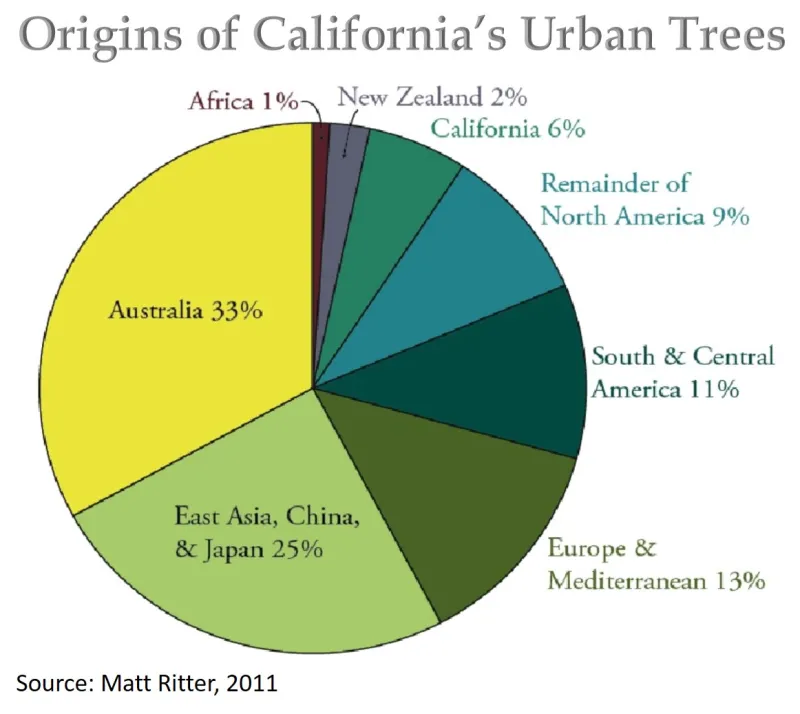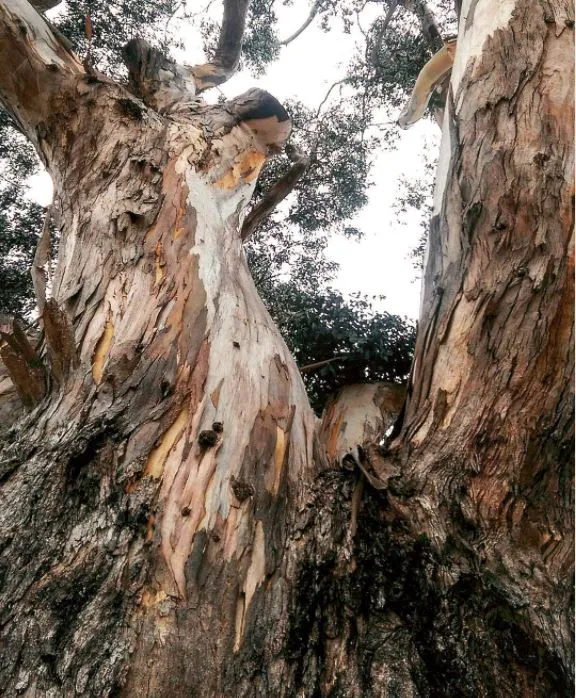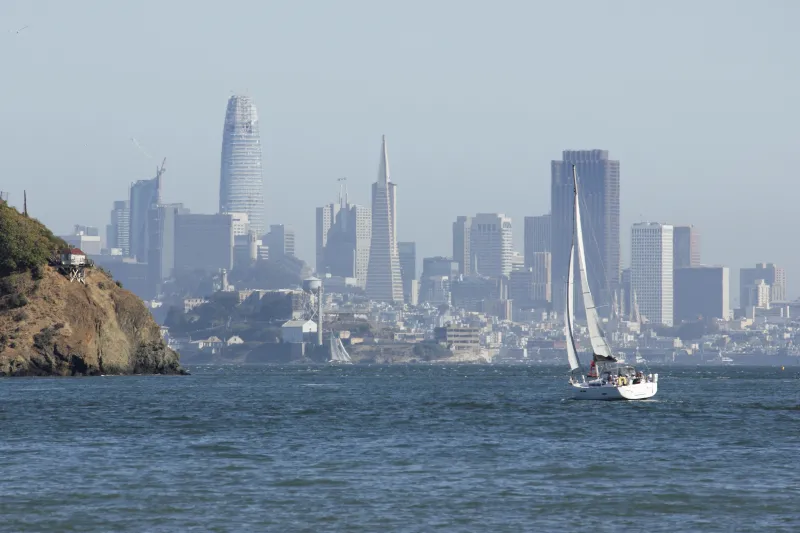Overview
What is an “urban” stand?
The term urban forest refers to all publicly and privately owned trees within an urban area including trees planted in backyards, tress planted along roads, parks and recreational areas, or tree stands that are remnants of forests (Nowak et al. 2001). Urban forests are an integral part of a community, a lattice of green in an otherwise artificial landscape, a critical element impacting the quality of urban life (Nowak et al., 2010).
An urban tree can be defined as a tree that is located within a residential neighborhood, city, or urban area. Trees in the urban setting are sometimes referred to as “green infrastructure”. The term has been defined as “an interconnected network of green space that conserves natural ecosystem values and functions and provides associated benefits to human populations” (Benedict and McMahon 2002; Nowak et al., 2010). These benefits include: social, psychological, recreational, and economic benefits, as well as carbon sequestration, reduction of the heat island effect, air filtration (pollution reduction), and improved aesthetics.

In addition to the numerous benefits that urban trees provide, understanding their origins can help inform management decisions. According to Matt Ritter’s California’s Guide to the Trees Among Us, only 6% of California’s urban trees are native to California. The vast majority or ornamental trees are native to Australia, and another large percentage of trees come from China, Japan and East Asia.
Practices that can improve the longevity of mature urban trees include: effective pest management, root system protection, fertilization, pruning, and maintaining a stable environment around mature trees (Fraedrich, n.d). Large growing species confined in a small space can suffer from premature decline. Additionally, limited water and nutrient availability and improper management techniques are common stress factors of urban trees (Fraedrich, n.d).
Tree ordinances and historic trees
Tree ordinances create a regulatory environment at the county or city level and provide the authorization and standards for management activities of urban forests. They are used to attain a healthy, vigorous, and well-managed community forest (International Society of Arboriculture, n.d). Three different types of tree ordinances are common (street tree ordinances, tree protection ordinances, and view ordinances). Each has a distinct focus: street tree ordinances primarily cover the planting and removal of trees within public rights-of-way areas; tree protection ordinances are primarily directed at providing protection for native trees, or trees with historical significance; and lastly, view ordinances are designed to help resolve conflicts between property owners that result when trees block views or sunlight (International Society of Arboriculture, n.d).

When designing tree ordinances it is important to identify special-status trees. Guidelines for identifying special status trees (heritage historic, and landmark trees) have been developed by Bernhardt and Swiecki, (2001) for the California Department of Forestry and Fire Protection, Urban Forestry Program. Special status trees have noteworthy characteristics, are considered important community resources, and require special considerations. These trees either represent important native species with essential ecosystem functions, or they constitute historical landmarks, trees associated with the character of the community. Certain rare species present in an area may also be granted special status. Characteristics such as: age, size, trunk diameter, height, and maximum canopy spread are all important considerations in identifying heritage, historic and landmark trees. In addition to this, old trees can be seen as a link to the past, they can be associated with a notable historical event, person, structure or landscape (Swiecki and Bernhardt, 2001). The size of a tree can be assessed and compared to other trees though a point rating system designed by the National Register of Big Trees, maintained by American Forests. Points for each tree are calculated by summing trunk circumference (at 4.5 ft) in inches, tree height (in feet), and one-quarter of the average crown spread (in feet). In addition to the historical significance, size and age of a tree, its ecological value (stabilizing the soil, providing shade, important nesting site or food source for wildlife), aesthetics, location, and/or other unique characteristics are also important elements in identifying whether or not a tree can be classified as a special status tree (Swiecki and Bernhardt, 2001). Guidelines for Developing and Evaluating Tree Ordinances provides more information for communities dealing with tree ordinances and other urban forest management issues.
Existing resources
The Urban Tree Canopy (UTC) assessment was first created in 2006 by the U.S Forest Service to map and quantify land cover in Baltimore City. The UTC helps decision makers better plan the management of urban forest resources by quantifying the amount of existing tree canopy, and estimating potential tree cover that can result from different management actions. The protocols designed for the UTC assessment include the integration of hi-resolution land cover data along with hi-resolution parcel ownership data. The information provided by the UTC assessment can be used to prioritize tree planting locations, inform sustainability plans, and establish urban forestry master plans (USDA Forest Service - Northern Research Station, 2017).

